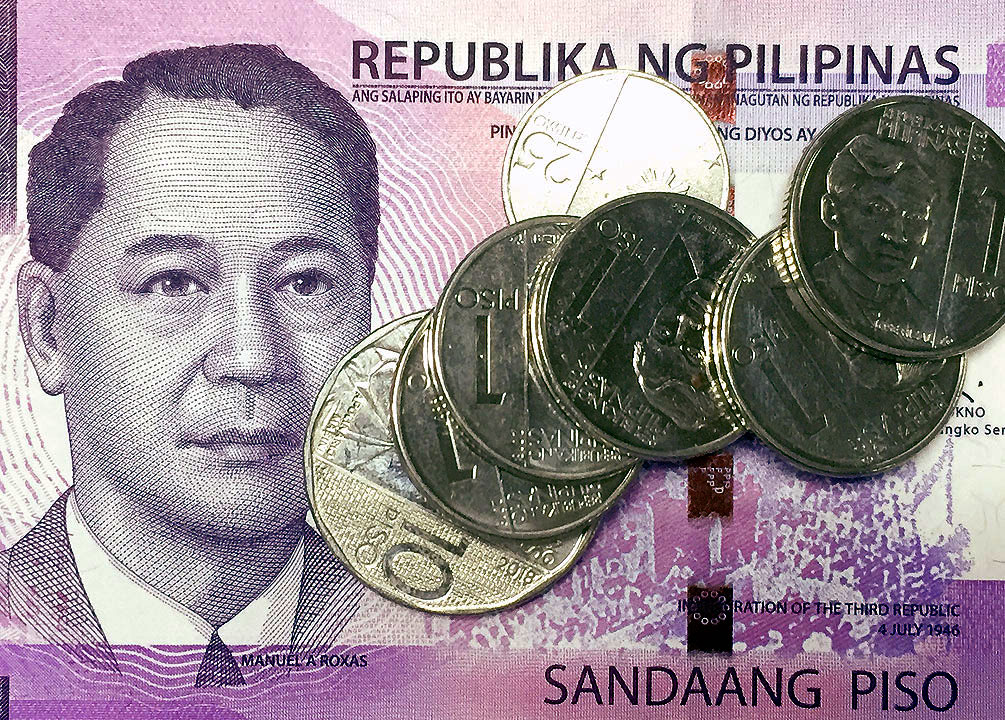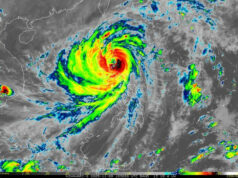Peso rebounds amid improving outlook on China

THE PESO recovered against the dollar on Thursday after China’s central bank kept its policy rate unchanged for the eighth straight month, resulting in an improved outlook for the Chinese economy.
The local currency closed at P56.02 versus the dollar on Thursday, strengthening by 19 centavos from Wednesday’s P56.21 finish, data from the Bankers Association of the Philippines’ website showed.
The local unit opened Thursday’s session at P56.31 per dollar, weaker than its Wednesday close. Its intraday best was at P56, while it dropped to as low as P56.40 versus the greenback.
Dollars traded went down to $1.08 billion on Thursday from the $1.236 billion recorded on Wednesday.
“The peso rebounded from market optimism after the People’s Bank of China held its policy rates unchanged, boosting hopes for the Chinese economy,” a trader said in an e-mail.
China kept its benchmark lending rates unchanged for the eighth straight month on Thursday in line with expectations, as the economic recovery reduced the need for any immediate monetary support, Reuters reported.
The one-year loan prime rate (LPR) was kept at 3.65%, while the five-year LPR was unchanged at 4.30%.
In a Reuters poll of 30 market watchers conducted this week, 27 predicted no change to either rates.
The peso also strengthened on the back of weakening oil prices, Rizal Commercial Banking Corp. Chief Economist Michael L. Ricafort said in a Viber message.
Oil prices slid about 2% on Wednesday, with Brent futures for June delivery falling $1.65 or 2% to settle at $83.12 a barrel.
West Texas Intermediate crude (WTI) for May delivery fell $1.70 or 2.1% to settle at $79.16, while the June WTI contract, which becomes the US front-month at the end of trading on Thursday, also lost 2.1% to settle at $79.24.
Those were the lowest closes for both benchmarks in two weeks or since March 31, erasing most of the price gains since the surprise oil output cut announced on April 2 by the Organization of the Petroleum Exporting Countries, Russia and other allies in the OPEC+ group.
Mr. Ricafort added that the balance of payments (BoP) surplus hitting a two-month high of $1.27 billion in March from the $754-million surfeit a year earlier also supported the peso.
Data released by the Bangko Sentral ng Pilipinas on Wednesday showed that the March surplus was an improvement from the $895-million deficit seen in February.
It was also the biggest monthly BoP surplus since the $3.08-billion surfeit in January.
Philippine financial markets will be closed on Friday for a regular holiday in observance of Eid’l Fitr. —A.M.C. Sy with Reuters



